Government Support for the Arts Under Pressure
Government funding has long been a cornerstone of cultural policy. It provides essential resources for museums, theaters, galleries, and other artistic endeavors. However, budget cuts and shifting priorities have created significant challenges for the arts sector. Advocacy groups are actively campaigning for sustained investment in cultural infrastructure. They emphasize its role in fostering community identity. It also contributes to education and economic growth. Despite these efforts, many cultural institutions grapple with reduced public support. They are forced to seek alternative funding models to survive.
The Rise of Private Sponsorship and Philanthropy
As government funding becomes less reliable, corporations and wealthy individuals are stepping in to fill the gap. Private sponsorship and philanthropy now play an increasingly vital role in supporting large-scale cultural projects. While this trend has enabled many initiatives to thrive, it has also sparked debates about influence and accountability. Critics argue that private funding can lead to conflicts of interest. Donors may prioritize projects that align with their personal or corporate agendas. Balancing artistic independence with the need for financial backing remains a key challenge in this space.
Crowdsourced Models Revolutionizing Small-Scale Initiatives
In response to declining traditional funding sources, small-scale cultural projects are turning to crowdsourced models for survival. Platforms like Kickstarter and Patreon have empowered artists and creators. They engage directly with their audiences. They secure financial support through membership-based systems and crowdfunding campaigns. These models not only provide much-needed funds but also foster a sense of community and shared ownership among supporters. By leveraging technology, even grassroots initiatives can now access global networks of patrons, ensuring their sustainability in uncertain times.
Debates on Influence and Accountability in Cultural Funding
The diversification of cultural funding sources has brought new complexities to the sector. With private sponsorship and crowdsourcing gaining prominence, questions about accountability and transparency have come to the forefront. Who decides which projects receive funding? How can cultural institutions maintain artistic integrity while relying on external support? These issues highlight the need for robust policies that ensure equitable access to funding and protect against undue influence. Advocates stress the importance of striking a balance between innovation and ethical considerations.
The Future of Cultural Funding: A Hybrid Approach
Looking ahead, the future of cultural funding may involve a hybrid approach, combining government support, private sponsorship, and crowdsourced models. Governments are encouraged to reaffirm their commitment to the arts. They can achieve this by investing in long-term cultural infrastructure. Private entities and individual patrons continue to play a complementary role. Meanwhile, digital tools and platforms will likely remain critical for democratizing access to funding. By embracing diverse funding strategies, the cultural sector can adapt to evolving financial landscapes and ensure its continued vitality.
Adapting to Shifting Financial Landscapes
Cultural funding is at a crossroads, facing challenges from reduced government support and debates over private influence. Advocacy groups are pushing for sustained public investment, while private sponsorship and philanthropy are becoming increasingly important. At the same time, crowdsourced models like crowdfunding and membership systems are proving essential for small-scale initiatives. These innovations reflect a broader trend toward diversifying funding sources and engaging communities. As the sector navigates these changes, it must find a balance between accessibility, accountability, and artistic independence. This balance will be crucial for its future success.


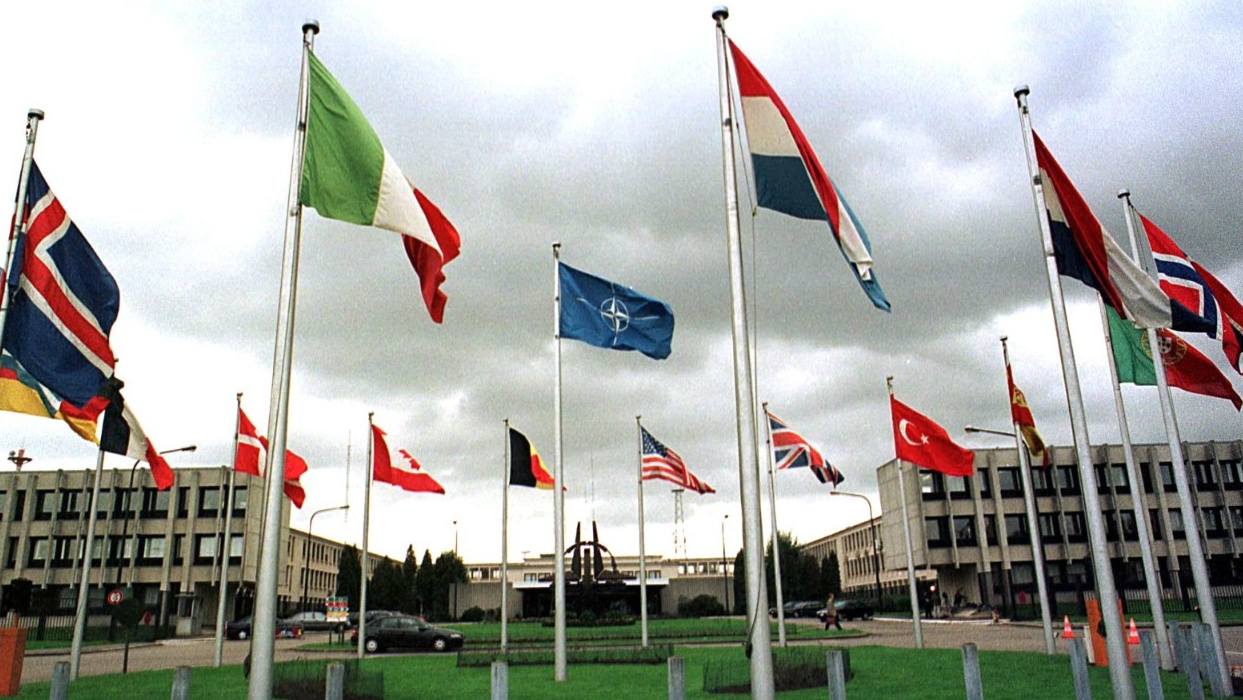
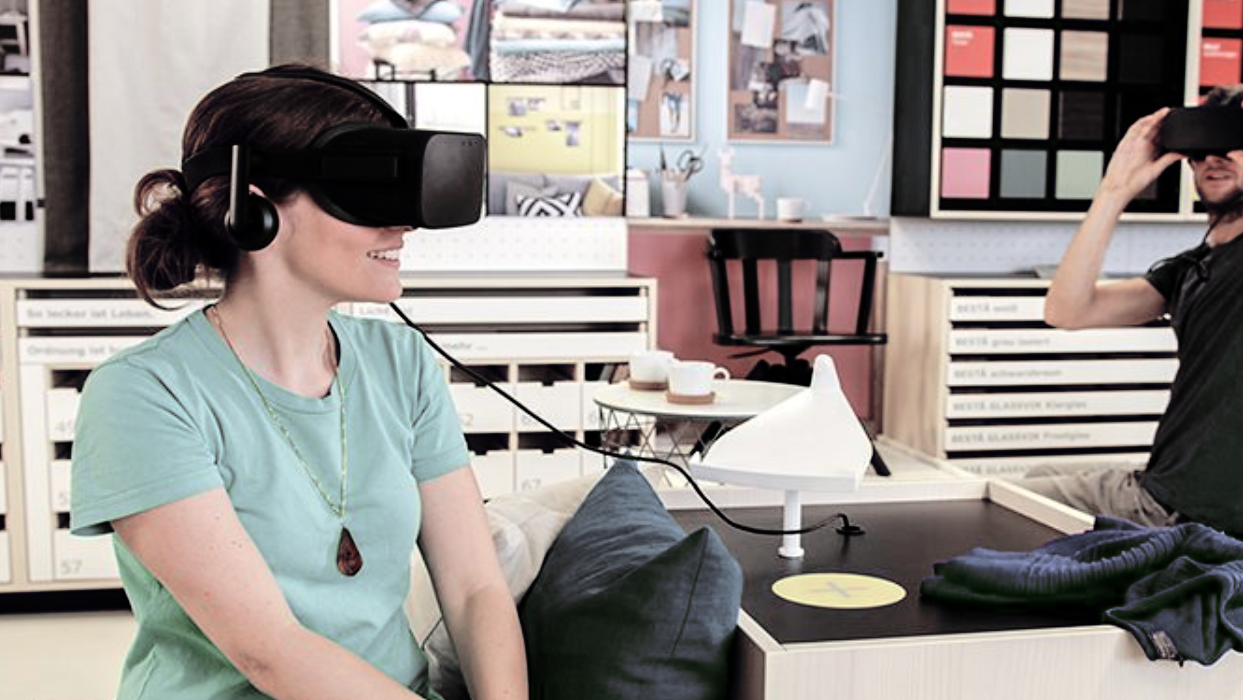

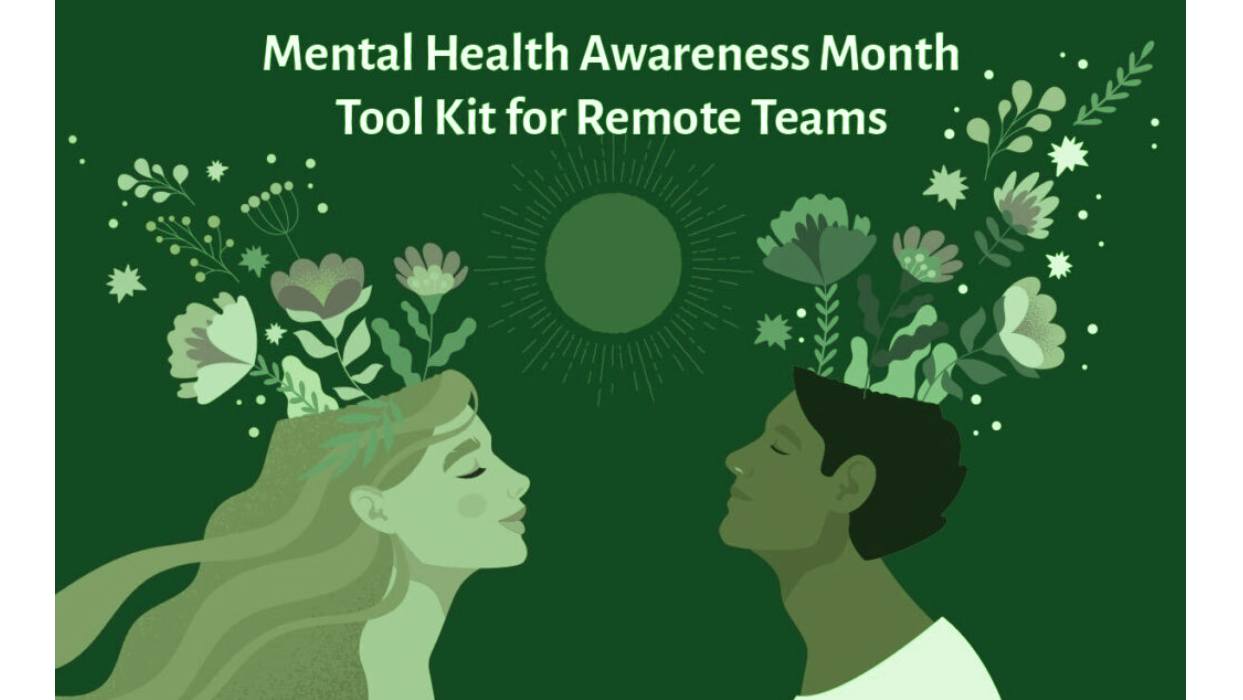
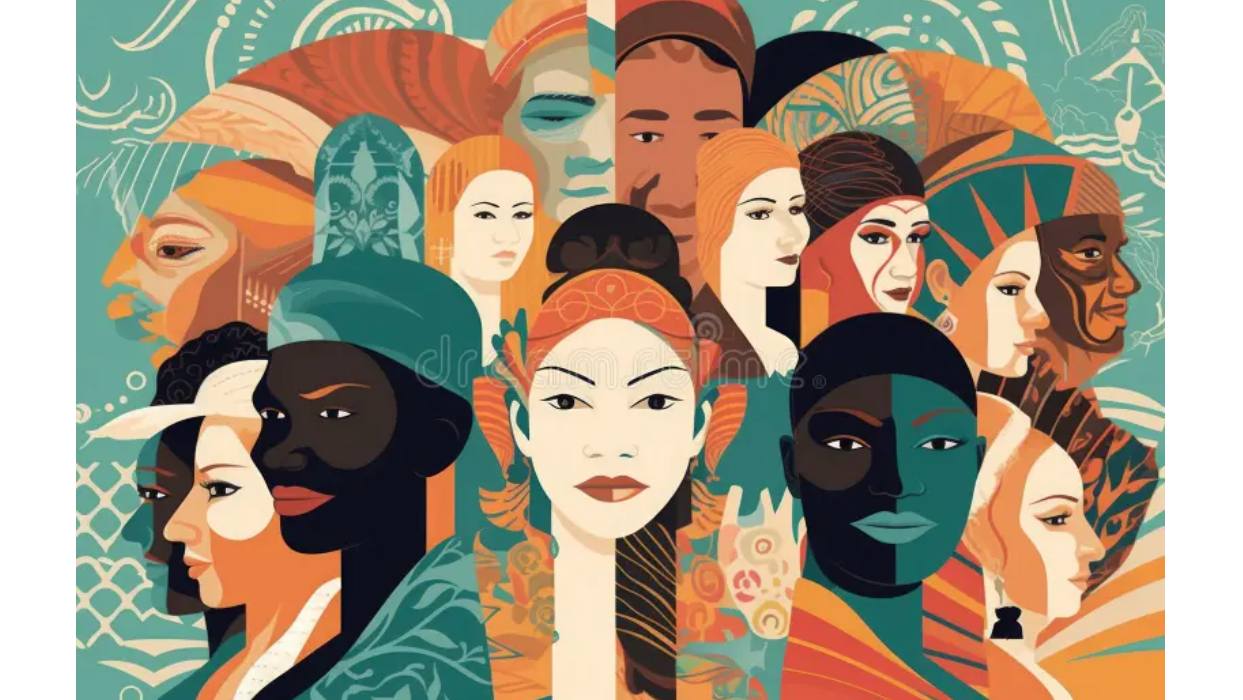
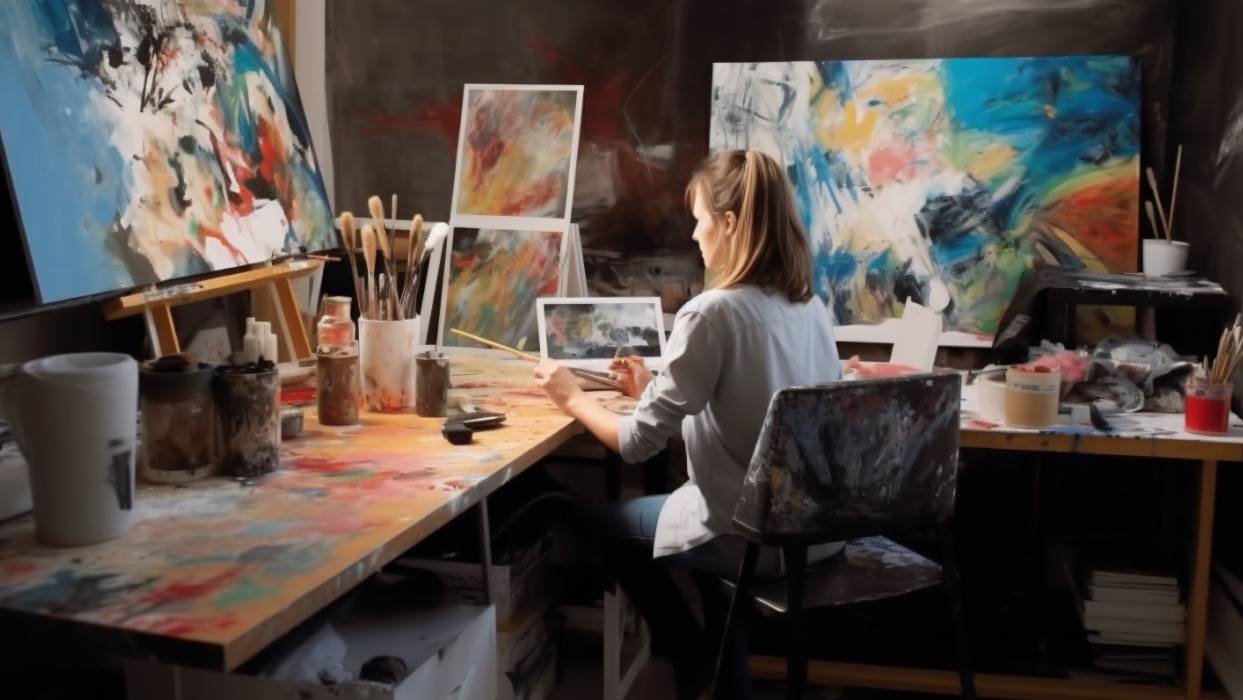


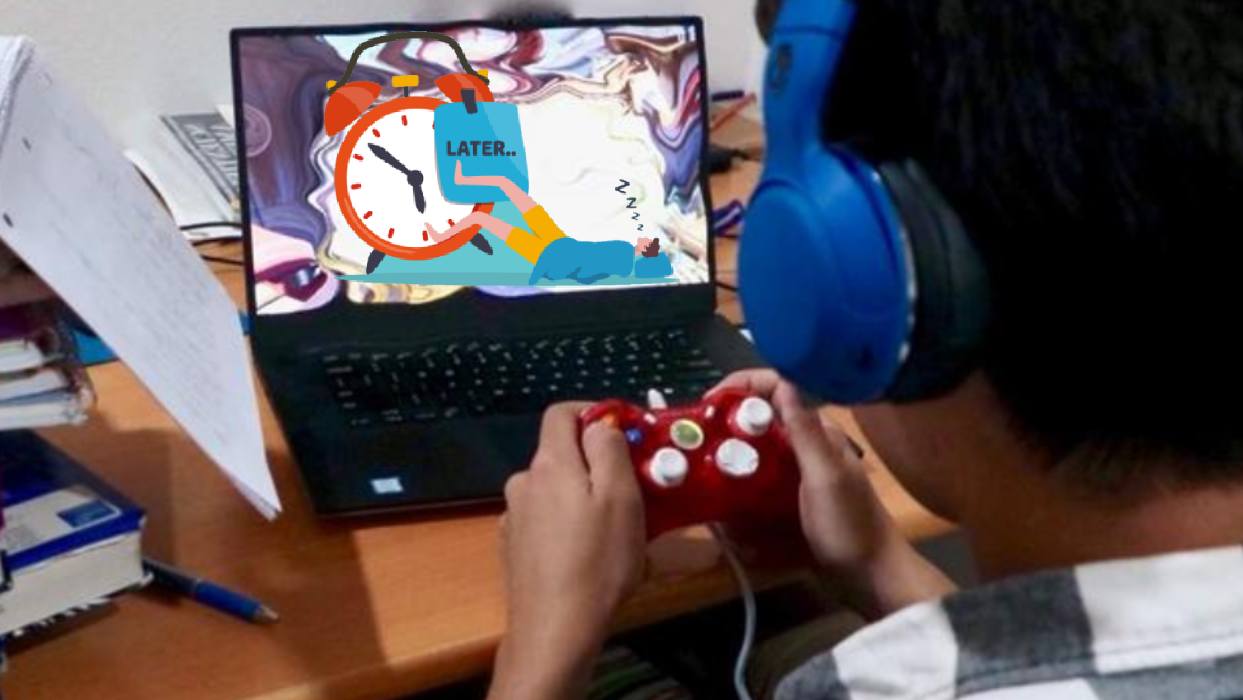
Leave a Reply